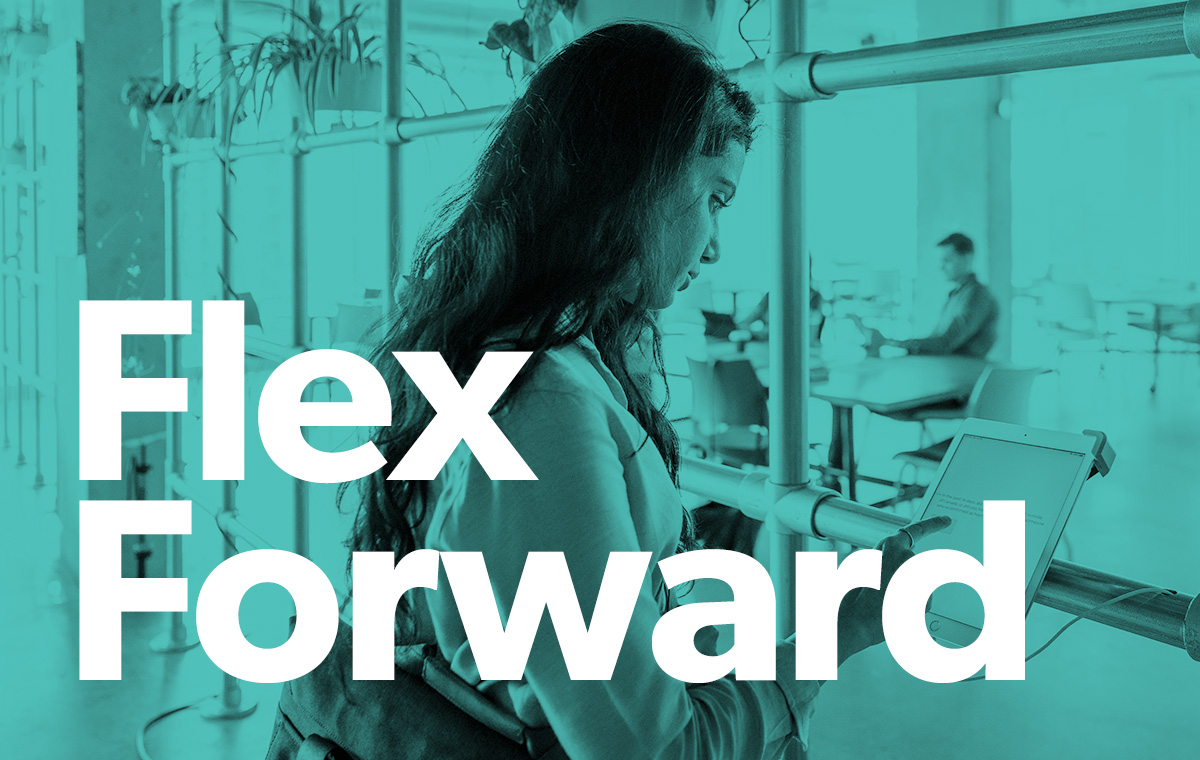Over the past year, hotel operators have been focusing on new ways to meet the needs of the hybrid workforce. By repurposing and upgrading parts of their facilities, they have established an additional option for those seeking more flexible places to work. Dubbed “hybrid hospitality,” these strategies have resulted in new revenue streams and business opportunities.
Traditional office spaces are beginning to apply this strategy as well, since consumer-first experiences are becoming a necessity in retaining and attracting modern tenants. Hospitality-focused, service-driven models allow tenants to book space and access shared resources on an as-needed basis — thus eliminating restrictions typically associated with the office like long-term leases and being tied to a single building or location.
As tenants look to balance physical office space with hybrid work models, the flexibility of your workplace will be a determining factor in your success. Fortunately, leveraging the right technology can give your tenants and their employees more choice in how and where they work. This kind of interaction will increase their satisfaction with your building, which will allow you to get ahead of changes to leasing agreements, open up additional revenue streams, and strengthen your brand as a landlord.
Differentiating with Flex Space
To provide tenants with a flexible workplace — and a more hospitable experience — you need to invest in flex space. According to Colliers’ New Global Workplace Study, four out of five office employees would prefer to work remotely one day a week or more after the pandemic is over. Employers are listening.
By implementing flex space, you are accomplishing a few things for your business:
- You are offering diverse, tech-enabled workplace experiences that foster in-person collaboration and work-life balance.
- These policies align with shifts in leasing agreements, which have moved away from the traditional, long-term leases and towards more flexible arrangements. Since flexible workspaces are easily adaptable and scalable, growing companies no longer need to worry about the commitments, restrictions, and costs associated with long-term leases.
- Allowing tenant companies to scale for their needs can strengthen brand loyalty and increase tenant retention.
These office attributes combine to establish flex space as the ultimate modern amenity, one that will differentiative your portfolio from your competition.
The Types of Flex Space
Though there is no one-size-fits-all solution, there are four common interpretations of flex space seen in the office sector: coworking, shared amenities, private suites, and enterprise offerings.
- Coworking: Coworking is where companies and individuals can work alongside each other in a neutral space. They can work independently or collaborate, but most importantly, they can use communal resources and benefit from shorter-term contracts.
- Shared Amenity Space: Shared amenity spaces merge the traditional workplace with the coworking model. Companies using the space can still retain their company’s identity and branding, but they can also reap the benefits of optionality from a more hybrid work environment.
- Private Suites: These are dedicated, managed spaces of varying sizes that occupants can lease for short periods. Leveraging a flexible lease can help tenants who need temporary work environments as they determine their next move — all while still benefiting from an office building’s conveniences such as internet access, catering, resources, and more.
- Enterprise Offerings: This kind of flex space is similar to private suites but on a much larger scale. This category is broad and can include shared rooms or floors within a larger building community, individual satellite offices, and even larger hub-and-spoke models. These options enable companies to work flexibly, both in the office and at work-near-home locations.
Each type of flex solution brings new life to previously underutilized office space. Thus, going flex allows landlords to increase tenant engagement with their building.
Supporting the Hospitality-First Office
No longer are employees bound to a single location to do their jobs, reinforcing the need for more hospitable, flexible experiences that increase customer satisfaction and promote brand loyalty. With the right technology partners, you can enhance your workplace by providing tenant companies and employees with choices for where and how they work. More diverse workplace arrangements will improve tenant satisfaction, optimize your space utilization, and generate additional revenue throughout your portfolio.
To learn more about our thoughts on flex space, and how HqO can help with your flex needs, download our Flex Forward eBook today.



